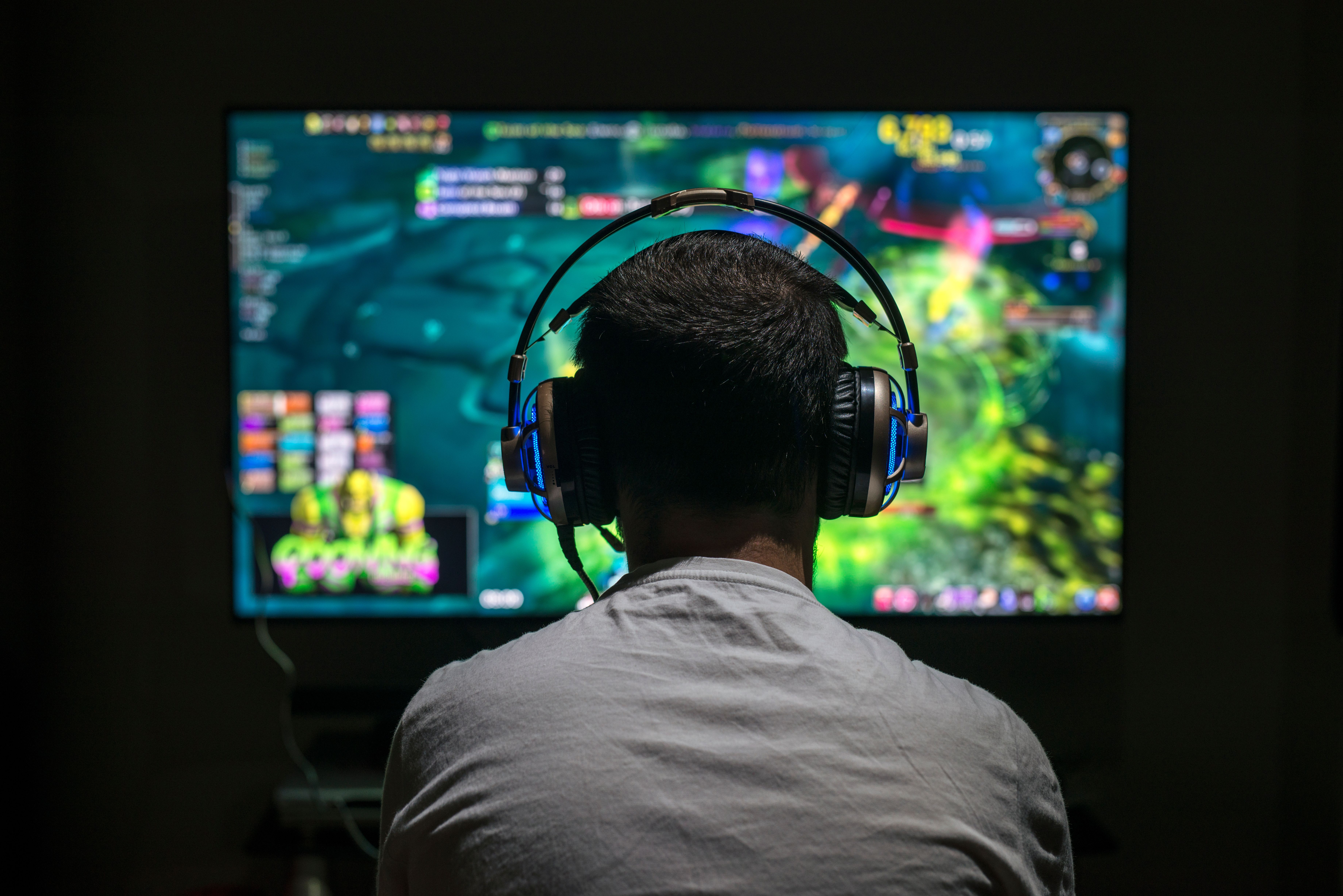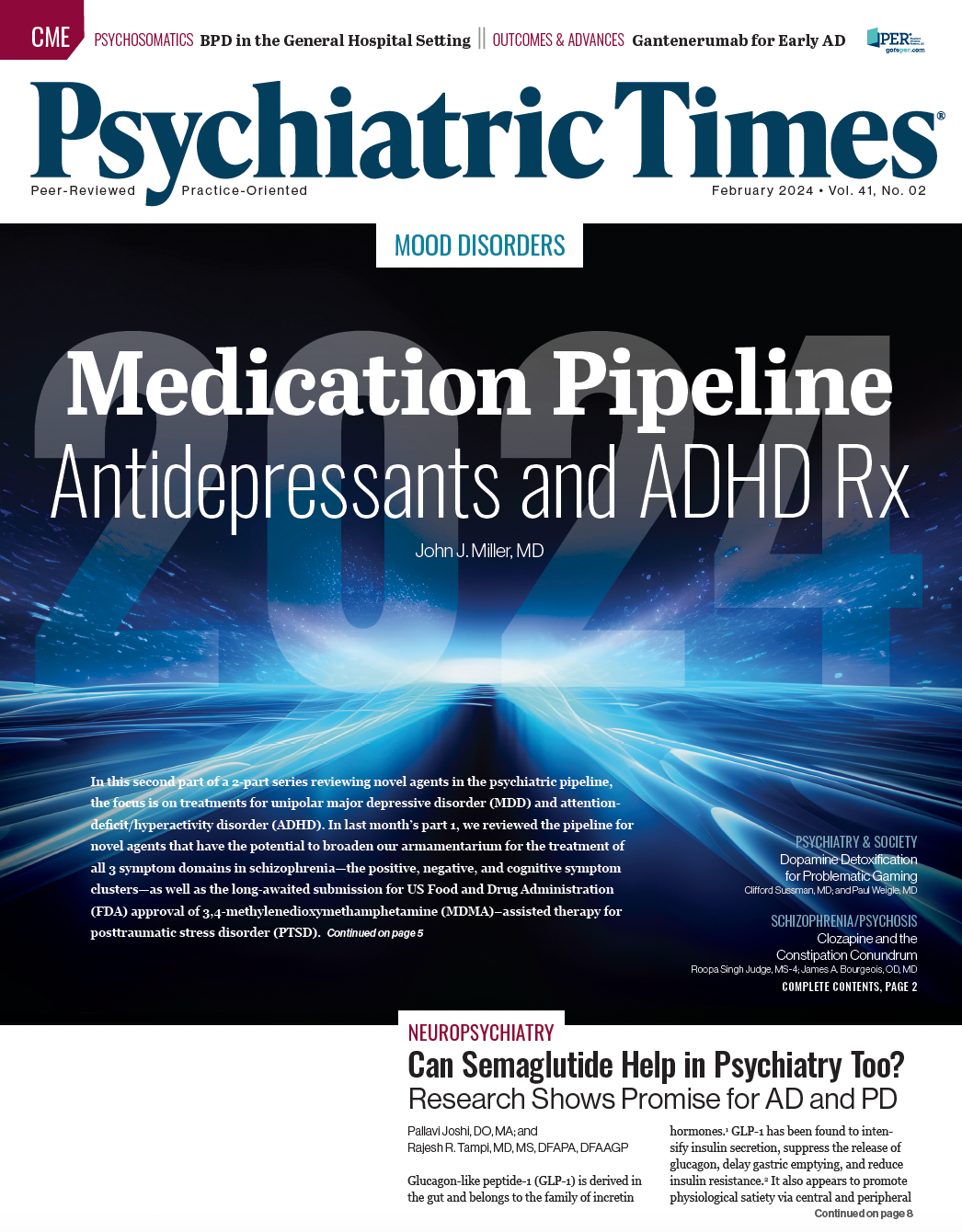News
Article
Psychiatric Times
Dopamine Detoxification for Problematic Gaming
Author(s):
Problematic gaming is challenging to treat. Here's how you can get started.
Taras_Muroslavovuch_AdobeStock

It didn’t work,” Eric’s mother said. “He’s still up all night and won’t go to school in the morning.”
Upon learning that Eric, a 16-year-old boy, frequently played Fortnite in his bedroom until 4 am, Eric’s psychiatrist recommended removing the gaming console from his bedroom. “I’m sorry to hear that,” the psychiatrist said. “Do you know what’s keeping him awake now?”
Eric’s mother quickly replied, “Sure; now he stays downstairs with the gaming console all night and never sets foot in his bedroom.”
A substantial body of literature demonstrates how excessive habitual video game play can develop into an impairing disorder.1 Problematic gaming is often recognized in clinical practice but can be challenging to treat. Clinicians can start by educating families on how video games interact with the brain’s reward system, making it difficult for some to disengage. Gaming grants players immediate gratification, mediated by an abnormal surge of dopamine in their neural reward pathway.
The ultimate goal of treatment is to find a balance between high-dopamine activities (HDAs) and low-dopamine activities (LDAs). HDAs include behaviors that are instantly and continuously rewarding, such as video gaming, streaming videos, and scrolling through social media.
On the other hand, LDAs are characterized by delays and require patience; some examples include bike riding, painting, and practicing a musical instrument. Although some activities fall somewhere in the middle, encouraging families to dichotomize hobbies as HDAs or LDAs allows the creation of a schedule that prioritizes dividing time between both.
Problem gamers, desensitized by continuous exposure to HDA surges in a state of reward deficiency syndrome, lack the capacity to experience pleasure from LDAs and typically reject plans for moderation.2 It is quite difficult for those accustomed to HDAs to disengage, leading to contentious confrontations with parents attempting to enforce limits.
For such patients, turning off their console after an hour of gaming is akin to individuals with alcohol use disorder trying to stop after 1 drink. Going directly from excessive use of HDAs to a balance of HDAs and LDAs is therefore challenging.
Although complete abstinence can interrupt and prevent the cycle of addiction, abstaining from all screen media is increasingly infeasible, given our growing dependence on the many useful functions of screens, many of which qualify as LDAs (eg, writing and completing homework on computers, writing and sending emails).
A period of temporary abstinence from screen use is often both feasible and necessary to subsequently achieve balanced use. Similar to cases of drug addiction, a period of abstinence may be accompanied by the restoration of postsynaptic dopamine receptors, providing temporary relief from both reward deficiency syndrome and cravings for HDAs such as gaming.
Inpatient programs and residential treatments that disallow screen use provide ideal settings for abstinence but typically fail to include a necessary follow-up period, during which screen media is reintroduced in a controlled manner. Therefore, problematic gamers who detox in inpatient settings and are discharged without sufficient follow-up care typically relapse, similar to those who detox from substances of abuse.3
Eric struggled with excessive gaming and attention-deficit/hyperactivity disorder for years. He played video games after school until late at night, neglecting homework and acting out aggressively toward his parents when they attempted to get him to stop. At times, he even threatened to harm them or kill himself. During one such confrontation in the spring, he punched a hole in the wall and was subsequently referred to psychiatry.
His parents agreed to take a weeklong, screen-free camping trip. The change of scenery supported structured LDAs with no access to screens. The results surprised everyone:
- Eric was irritable at first, but this faded over the first 2 days, and he did not make threats or become aggressive.
- Three days into the detox, Eric’s parents “had their old son back,” with a more pleasant and cooperative attitude. Eric showed more social connectedness and stopped complaining about missing gaming and requesting to go home.
Years of experience by the authors prescribing dopamine detoxes have yielded a remarkably consistent marked reduction of game-seeking behaviors and gaming withdrawal symptoms. Most cases have taken only 3 days to produce this result. Therefore, 3 days is the minimum length of detox—a sufficiently ambitious goal for many families. Screen-free summer camps, family vacations, and other structured activities have proven to be excellent tools for families planning a dopamine detox.
Dopamine detoxes not only help patients but also improve the alliance between prescribers and parents, as well as parental adherence. Parents are often amazed by the results. The detox seems to reset the reward system of the brain and sets a perfect groundwork for introducing a more balanced lifestyle.
However, a return to the same environmental cues (with similar unfettered screen access) typically leads to relapse. A period characterized by careful regulation of screen media use provided by caregivers is necessary before the desired self-directed balance can be achieved. Therefore, digital detox is the first in a 3-phase recovery plan, with the second phase being balanced use with external support and the third phase being self-regulation.
As the demand for gaming disorder treatment for teenagers continues to soar in the wake of the COVID-19 pandemic, clinicians have many opportunities to practice its use. See the Table for tips on executing a dopamine detox in your practice.
Table. Tips for a Successful Dopamine Detox

Six years after Eric’s digital detox, his mother gratefully reports that Eric has continued to find passions outside of gaming, achieved academic success, and earned admission into law school. We project that scheduling LDAs will not be a challenge for Eric going forward.
For resources on digital detoxing and the treatment of problematic gaming, visit www.cliffordsussmanmd.com and the Screen Media Resource Center at www.aacap.org.
Dr Sussman is a child and adolescent psychiatrist who has been in private practice in Washington, DC, since 2008. He is an expert on internet and video game use disorders and has work featured in The New York Times, Parents magazine, and TIME for Kids. He was recently a guest on the NPR show 1A. He is dedicated to helping individuals achieve a more balanced relationship with digital technology through his clinical work and frequent presentations and trainings for parents, teachers, students, and mental health clinicians. He also serves on the volunteer clinical faculty at George Washington University School of Medicine and Health Sciences.
Dr Weigle is an associate medical director at Natchaug Hospital of Hartford Healthcare and an assistant professor of psychiatry at the University of Connecticut School of Medicine. He serves as cochair of the American Academy of Child & Adolescent Psychiatry’s media committee and is on the National Scientific Advisory Board of the Institute of Digital Media and Child Development. He lives in Mystic, Connecticut, with his wife and 2 teenaged social media enthusiasts.
References
1. Sussman CJ, Harper JM, Stahl JL, Weigle P. Internet and video game addictions: diagnosis, epidemiology, and neurobiology. Child Adolesc Psychiatr Clin N Am. 2018;27(2):307-326.
2. Gondré-Lewis MC, Bassey R, Blum K. Pre-clinical models of reward deficiency syndrome: a behavioral octopus. Neurosci Biobehav Rev. 2020;115:164-188.
3. Tao YJ, Hu L, He Y, et al. A real-world study on clinical predictors of relapse after hospitalized detoxification in a Chinese cohort with alcohol dependence. PeerJ. 2019;7:e7547.

Newsletter
Receive trusted psychiatric news, expert analysis, and clinical insights — subscribe today to support your practice and your patients.






